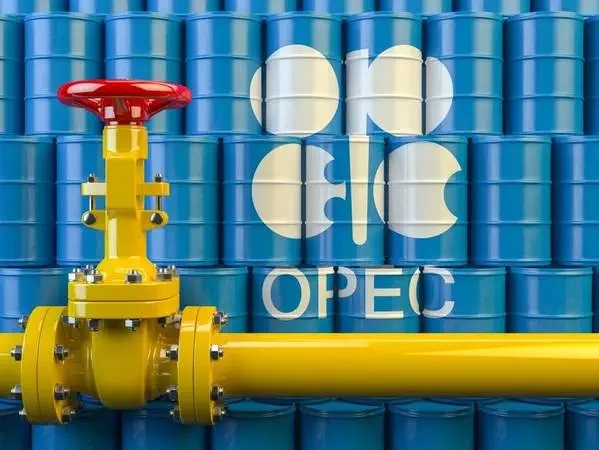Coalition of eight major OPEC+ producers is expected to approve an accelerated increase in oil production for June during an online meeting scheduled for Saturday, sources familiar with the discussions said, citing ongoing efforts to unwind earlier output cuts amid weakening global prices and softening demand forecasts.
The likely decision follows a surprise May output boost of 411,000 barrels per day (bpd), which helped push Brent crude prices below $60 per barrel—a four-year low—alongside growing economic uncertainty and escalating U.S. trade tariffs on key imports.
According to four industry sources with direct knowledge of the talks, the producers are leaning toward a similar increase for June, as the alliance balances price stability with compliance enforcement among members such as Kazakhstan and Iraq, which have consistently produced above agreed quotas.
Brent crude futures closed at $61.29 per barrel on Friday, down $0.84 or 1.4%, as markets priced in additional supply and growing fears of a global slowdown, driven in part by deteriorating trade relations between Washington and Beijing.
Saudi Arabia, the de facto leader of the OPEC+ alliance, has reportedly briefed allies and energy analysts that it no longer intends to support oil prices through additional cuts, amid frustration with poor compliance by some members.
Riyadh’s concern centres particularly on Kazakhstan and Iraq, whose overproduction has undermined collective output discipline.
“Compliance again appears to be the key focus, with Kazakhstan and Iraq continuing to miss their compensation targets, alongside Russia to a lesser extent,” said Helima Croft, head of global commodity strategy at RBC Capital Markets.
Croft noted that while no final decision had been confirmed, discussions “appear to be leaning in the direction of another three-month increase” in output, extending the group’s gradual rollback of supply curbs introduced after the pandemic and during last year’s market volatility.
OPEC+, which includes the 13-member Organisation of the Petroleum Exporting Countries and key non-OPEC allies such as Russia, is currently executing coordinated output cuts exceeding 5 million bpd, with many of those restrictions scheduled to remain in place through the end of 2026.
The latest round of output adjustments follows significant shifts in global energy demand expectations.
Analysts have revised down oil demand growth forecasts due to rising inflation, tight monetary policy in major economies, and a slowdown in manufacturing activity driven by U.S.-China trade tensions.
Last month’s output hike was seen as a signal of OPEC+’s growing sensitivity to market dynamics and its willingness to defend market share amid growing competition from U.S. shale producers and alternative energy sources.
Outlook: Oil Prices Under Pressure, Market Eyes May 28 Full OPEC+ Meeting
Energy investors and analysts are closely watching the group’s next moves ahead of a full ministerial meeting scheduled for May 28, where longer-term production strategy and compliance enforcement are expected to dominate the agenda.
The short-term outlook for oil prices remains bearish as increased supply coincides with softening demand, putting downward pressure on global benchmarks.
The direction of U.S. interest rates, the outcome of trade negotiations between major economies, and further compliance slippage by OPEC+ members will be key to market stabilisation in the coming months.
The next 48 hours could provide crucial signals for traders, refiners, and institutional investors adjusting positions across the energy and commodities markets.


Comment here